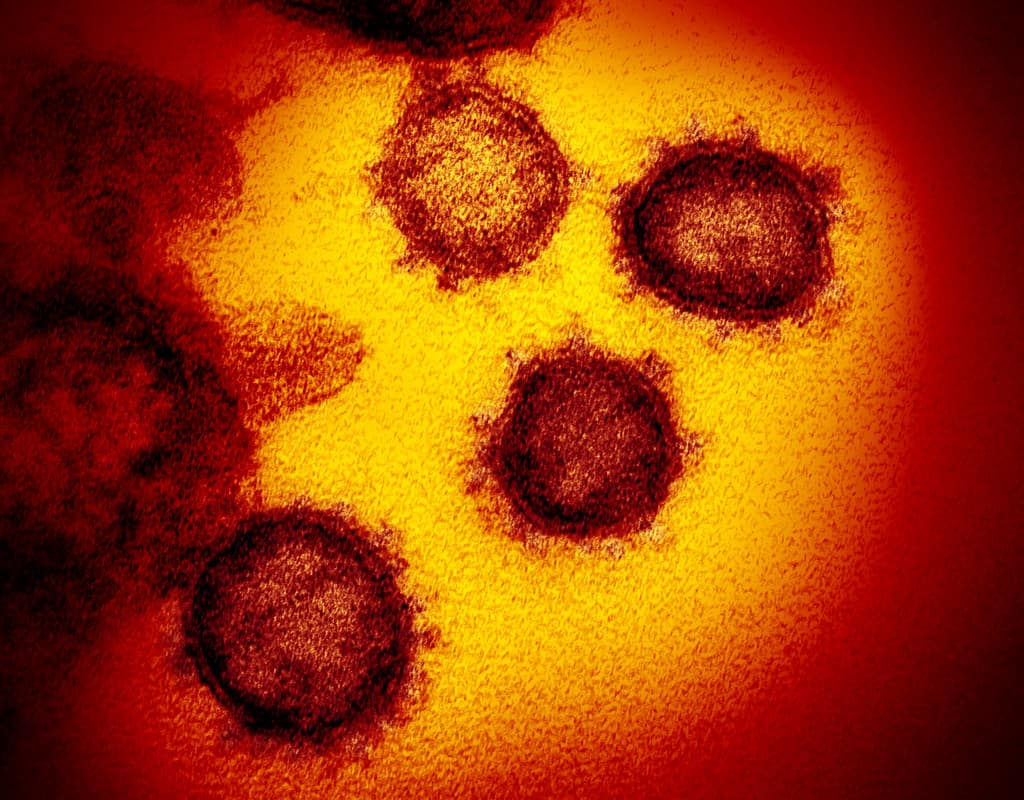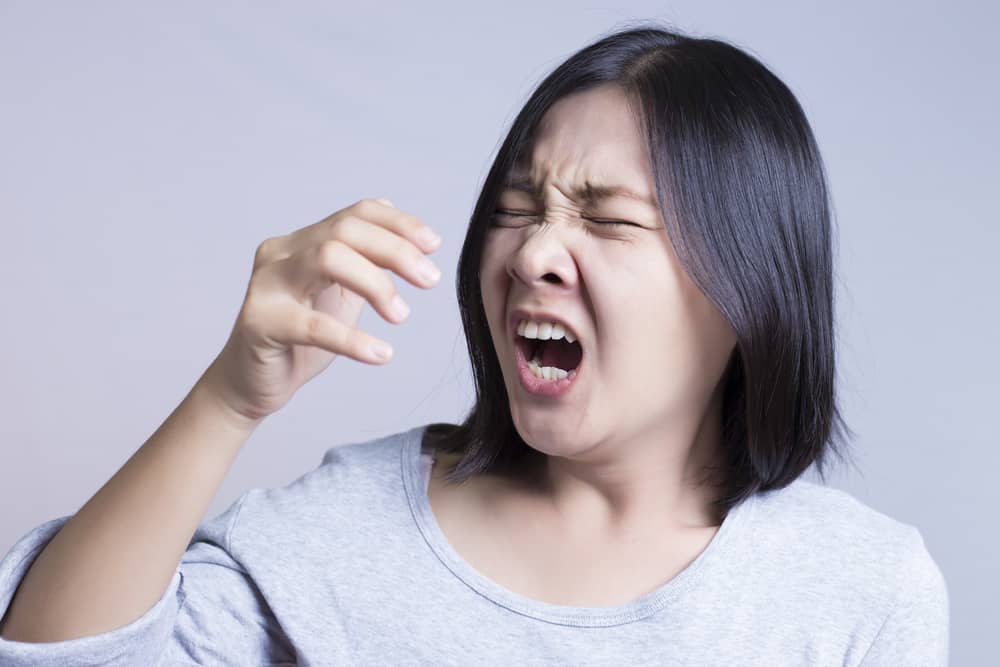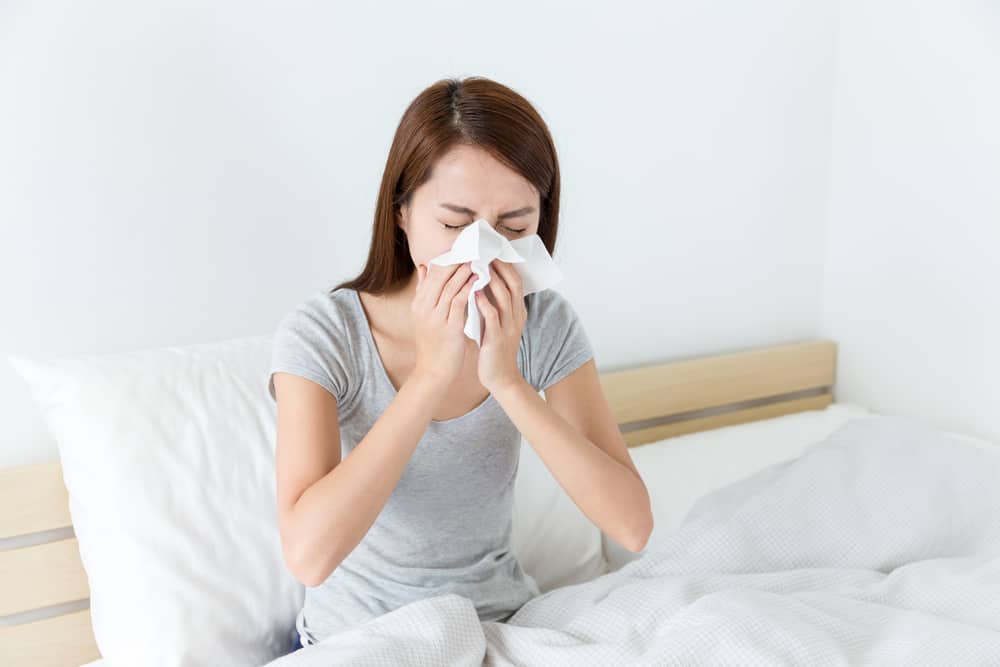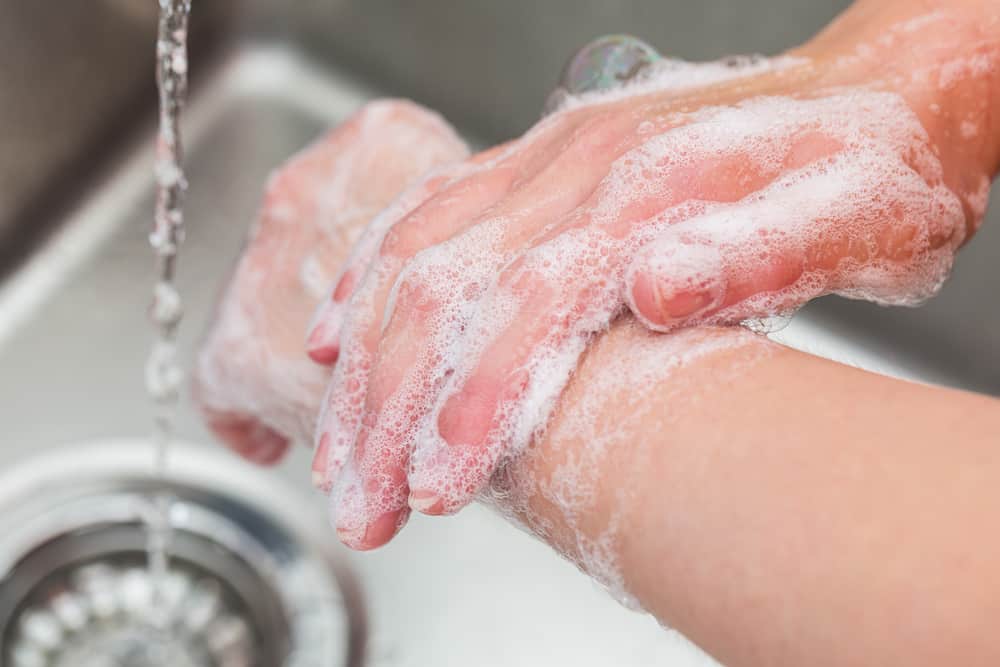What is the difference between Airborne and Droplet Spread of Disease?

Read all articles about coronavirus (COVID-19) here.
The use of masks to prevent the transmission of COVID-19 is allegedly ineffective if those who are wearing them are healthy people. Instead of wearing masks, people are advised to maintain personal hygiene and limit contact with sick people. The reason is, the spread of some of the diseases caused by the coronavirus does not pass through the air (airborne), but rather droplet.
Spread of disease through the air and droplet often associated with one another. Although similar, the two have some differences. The ability to transmit, spread distance, and disease transmitted can also differ between the two. So, what are the differences?
Know the various methods of spreading the disease

Bacteria, viruses, and other disease-causing germs can be transmitted in various ways. Disease transmission in the medical world is known as transmission. Each type of disease can be spread by different transmission methods.
Launch American Animal Hospital AssociationSo far, there are five types of transmission known, namely:
- Direct contact with the patient’s tissues or body fluids. Seeds of disease enter the body of a healthy person through the eye, mouth, or open wound.
- By air, either directly (airborne) or droplet. Spread via air and droplet usually occurs in respiratory diseases.
- Orally from food, water, or contaminated surfaces. Germs are usually found in the feces, urine, or saliva of the sufferer.
- Through vectors, namely living things that can spread diseases such as mosquitoes, fleas, mice, and so on.
- Zoonosis, which means from animals to humans. Zoonotic transmission can occur through direct contact, air, vector, or oral.
Of the various types of transmission, spread by direct contact is the most common and the risk is very high. However, the spread by air also needs to be aware of because it can cover many people at once.
Differences in the spread of disease through the air and droplet

Airborne spread of disease occurs when a sick person talks, coughs, or sneezes and expels germ particles from their bodies. Germs then fly through the air and stick to the eyes, mouths or noses of healthy people.
If germs spread through the air, disease transmission can occur even if the sufferer does not have direct contact with healthy people. In fact, germs can spread into the air when the sufferer exhales.
Because germs can survive in the air, airborne transmission tends to be difficult to control. This is why disease airborne such as chickenpox and tuberculosis are more difficult to prevent and treat. The transmission is fairly fast and covers a large area.
Spread of disease through the air and droplet often considered the same. In fact, there are differences between the two. Spread through droplet occurs when a sick person coughs or sneezes that causes a splash of liquid (droplet) contain germs.

When a droplet filled with germs enters the eyes, mouth, or nose of a healthy person, that person can catch the disease. This method of transmission occurs in colds, Ebola infections, and COVID-19, which are currently endemic in several countries.
Prior to COVID-19, the worst outbreaks that were similar to the spread of SARS-CoV-2 were MERS and SARS. These two diseases that attack the respiratory system are also known to spread through droplet, not air. For example, the spread of SARS and MERS occurred through close person-to-person contact.
However, WHO recently appealed to medical personnel to increase their vigilance because the COVID-19 virus was allegedly able to survive in the air. Although the strength of the virus may not be able to transmit to other people, you still need to be vigilant by keeping your distance.
Spread droplet usually limited to one meter. However, droplet they can also stick to surfaces, especially doorknobs, cell phones, and handrails. You are at risk of contracting the disease if you handle contaminated items and then touch your eyes, nose or mouth without washing your hands with soap.
Prevent the spread of disease through the air and droplet

Disease airborne It is very difficult to prevent, but you can reduce your risk of contracting COVID-19 by taking the following steps:
- Limit close contact with people showing symptoms of COVID-19.
- Stay home when you are not feeling well.
- Cover mouth and nose with a tissue when coughing or sneezing. If there are no tissues, use your sleeves to cover your mouth and nose.
- Wear a mask if you have to be in a crowd.
- Do not touch faces or other people before washing your hands.
- Wash your hands regularly for at least 20 seconds, especially after coughing or sneezing.
You can also do the same way to prevent disease transmission through droplet. However, the best way to take real prevention is to wash your hands regularly and limit close contact with sick people.
COVID-19 also spreads through droplet. The transmission distance is very limited, so a person must be less than 2 meters from the patient to be infected. This is why you can prevent COVID-19 in the same way you can prevent the flu, colds and other diseases that are transmitted by similar transmission.
Meanwhile, the use of masks is more recommended for people who are sick so they risk infecting others. If your body is healthy enough, you can protect yourself by washing your hands regularly and limiting contact with sources of infection.
Read all articles about coronavirus (COVID-19) here.
Hello Health Group and Hello Sehat do not provide medical advice, diagnosis or treatment. Please check our editorial policy page for more detailed information.